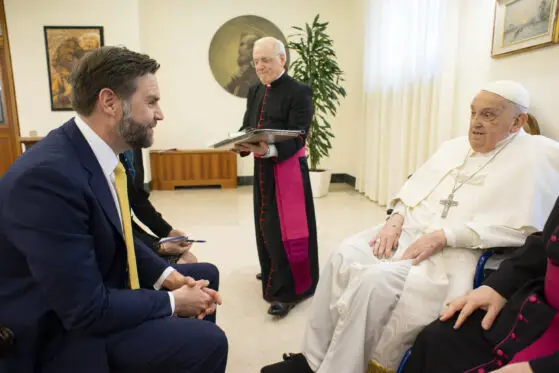The Nation weighs in on solving our electoral problems the Oregon way:
The remedy is voting by mail, the system now in place in the state of Oregon. In Oregon, there are no election day problems, because there is no election day. Instead, ballots are mailed to voters at their registered address, filled out and returned, with a signature verification. Participation rates are high–63 percent of the voting age population this year, against a national average of 53 percent. Fraud is virtually nil. And as the ballots are paper (they are read by a scanning machine), there is a verifiable paper trail.
…Taking the Oregon system to the national level would have several dramatic effects. Voting would start weeks before the election day; thus the importance of an effective political organization to register voters and insure their participation would rise. Meanwhile, the role of advertising would decline. Late advertisements, which are often highly misleading, would be seen mainly by those who had already cast their votes. “October surprises,” such as the late appearance of Osama bin Laden in the 2004 election, would lose their importance, for the same reason.
On election day there would be no bottlenecks at the polls, because there would be no polls. All the money spent on election officials would be saved. So would much now spent on voting machines. Only enough would be required to count ballots, over a period of weeks, at a central location in each county. Election day challenges and get-out-the-vote drives would end. Private corporations and their occult vote-counting machinery would be driven out of the elections business, into which they should never have been allowed to enter. The atmosphere of low-grade thuggery and suspicion that now surrounds the act of voting in many places would disappear. So would the corrosive doubts about the integrity of the outcome.
But most of all–and most wonderfully–vote-by-mail would end the practice of exit polls and the reporting of partial counts. And with that would end the noxious night of watching the networks pontificate about an outcome on which they have privileged, though usually defective, information. Instead, each state would report its tally when, at the end of the evening, the count is completed. There would be a relatively brief window of great excitement. Then the election would be over. And the result would be known. For sure.
Vote by mail could be put in place by a simple act of Congress, setting appropriate standards, or by state legislatures acting one by one. Unlike Electoral College reform it is not a constitutional matter. It would place voting on the same basis as filing taxes or filling out the census–processes no one supposes to be perfect, but that are largely handled with minimal and acceptable error. Instituting the Oregon system should be the first priority for electoral reform in the years ahead. It is the only way, currently available, to assure both the right to vote and the right to a clean and accurate count.
The other great thing about vote-by-mail the writer doesn’t mention is the effect it has on the voting population. It is wonderful to get that ballot in the mail and have the time to carefully study the candidates and the issues before voting. There’s no rushing to fill in the ballot with guesses about candidates you’ve never heard of, no worry about the line of people behind you becoming impatient as you try to sort out who should be County Commissioner, no last-minute confusion about whether a yes vote on some initiative means you’re voting against something or for something. You can sit down with a newspaper or Google and do some research.
The only complaint I have with Oregon’s Vote by Mail is that it requires a stamp. Why can’t that be publicly funded? Is it too much for the government to spend 37 cents to poll the will of its citizens?






